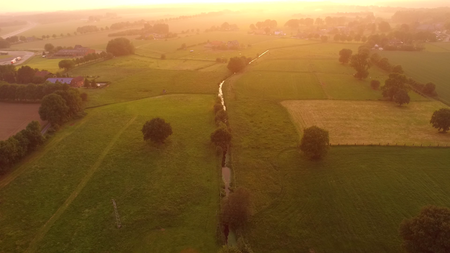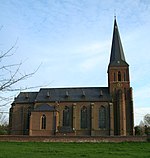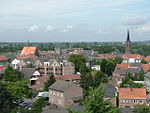Kendel (river)
North Rhine-Westphalia river stubsRivers of GermanyRivers of North Rhine-WestphaliaTributaries of the Niers

The Kendel, sometimes also called Hommersumer Kendel to distinguish it from other Kendels, is a river of North Rhine-Westphalia, Germany that originates near Weeze and flows into the Niers after about 25 km (16 mi) near Goch-Hommersum, on the border with the Netherlands.
Excerpt from the Wikipedia article Kendel (river) (License: CC BY-SA 3.0, Authors, Images).Kendel (river)
Duits Lijntje,
Geographical coordinates (GPS) Address Nearby Places Show on map
Geographical coordinates (GPS)
| Latitude | Longitude |
|---|---|
| N 51.6895 ° | E 6.0283 ° |
Address
Duits Lijntje
Duits Lijntje
6595 PE
Limburg, Netherlands
Open on Google Maps










